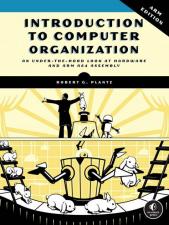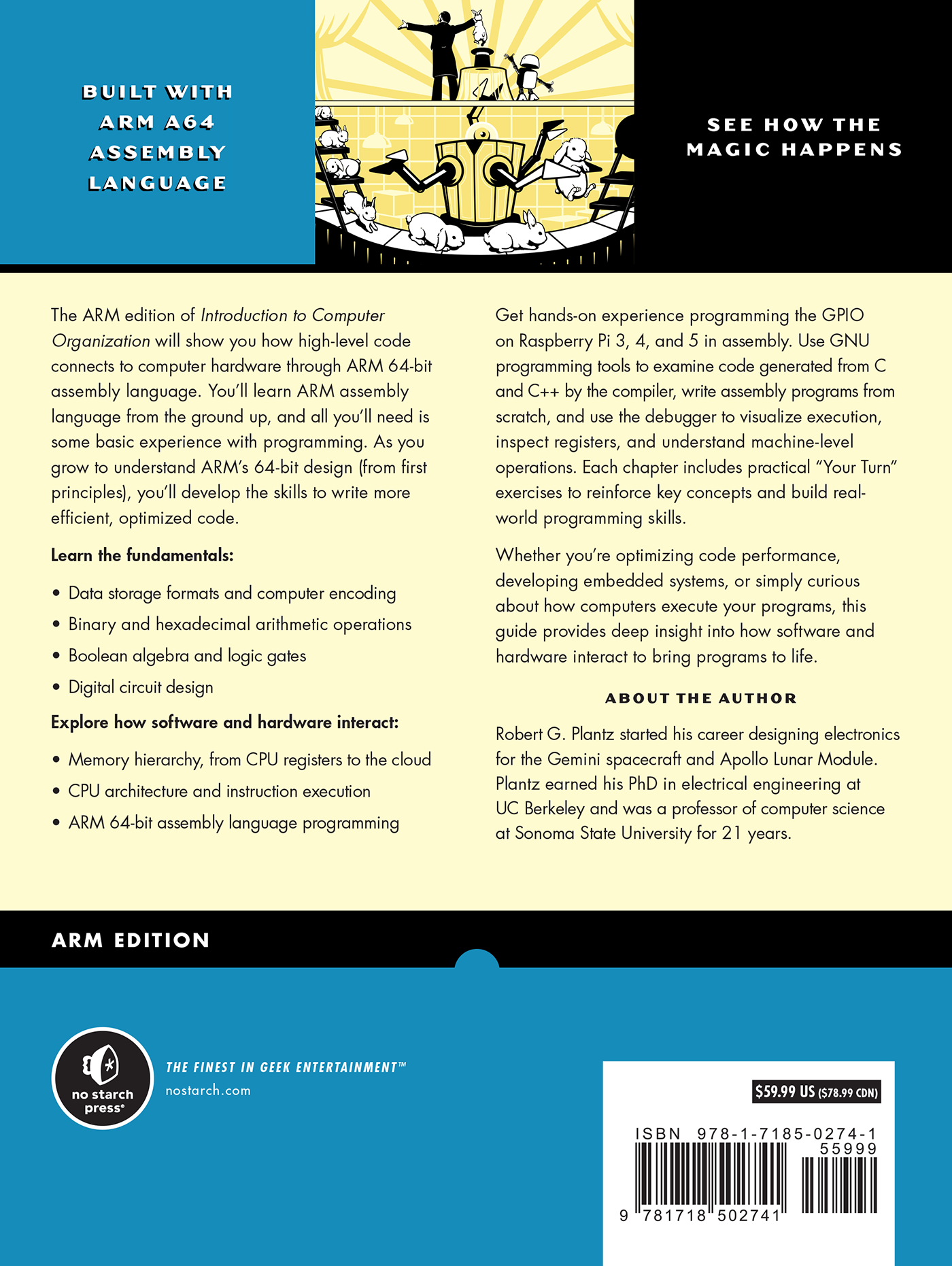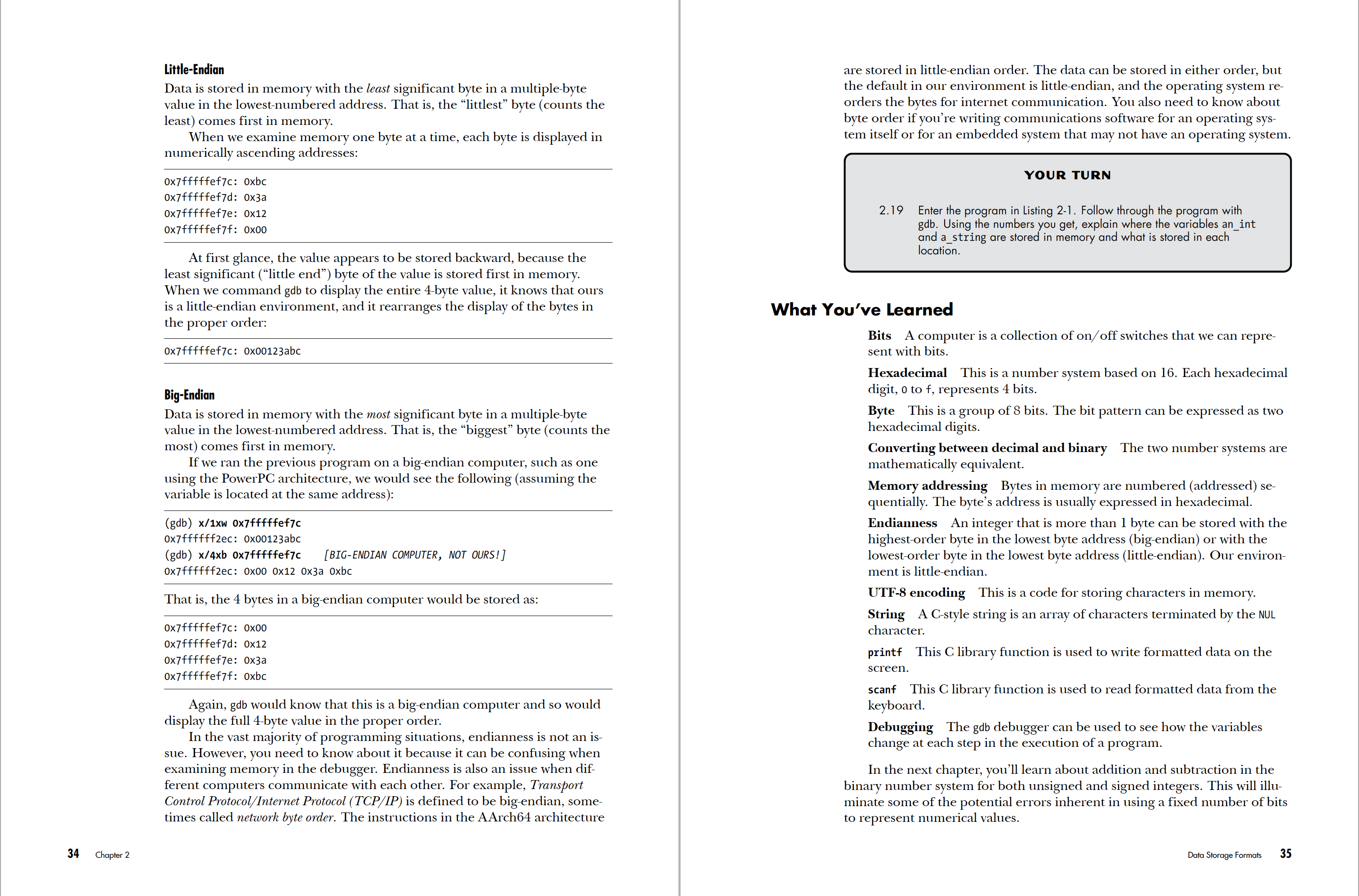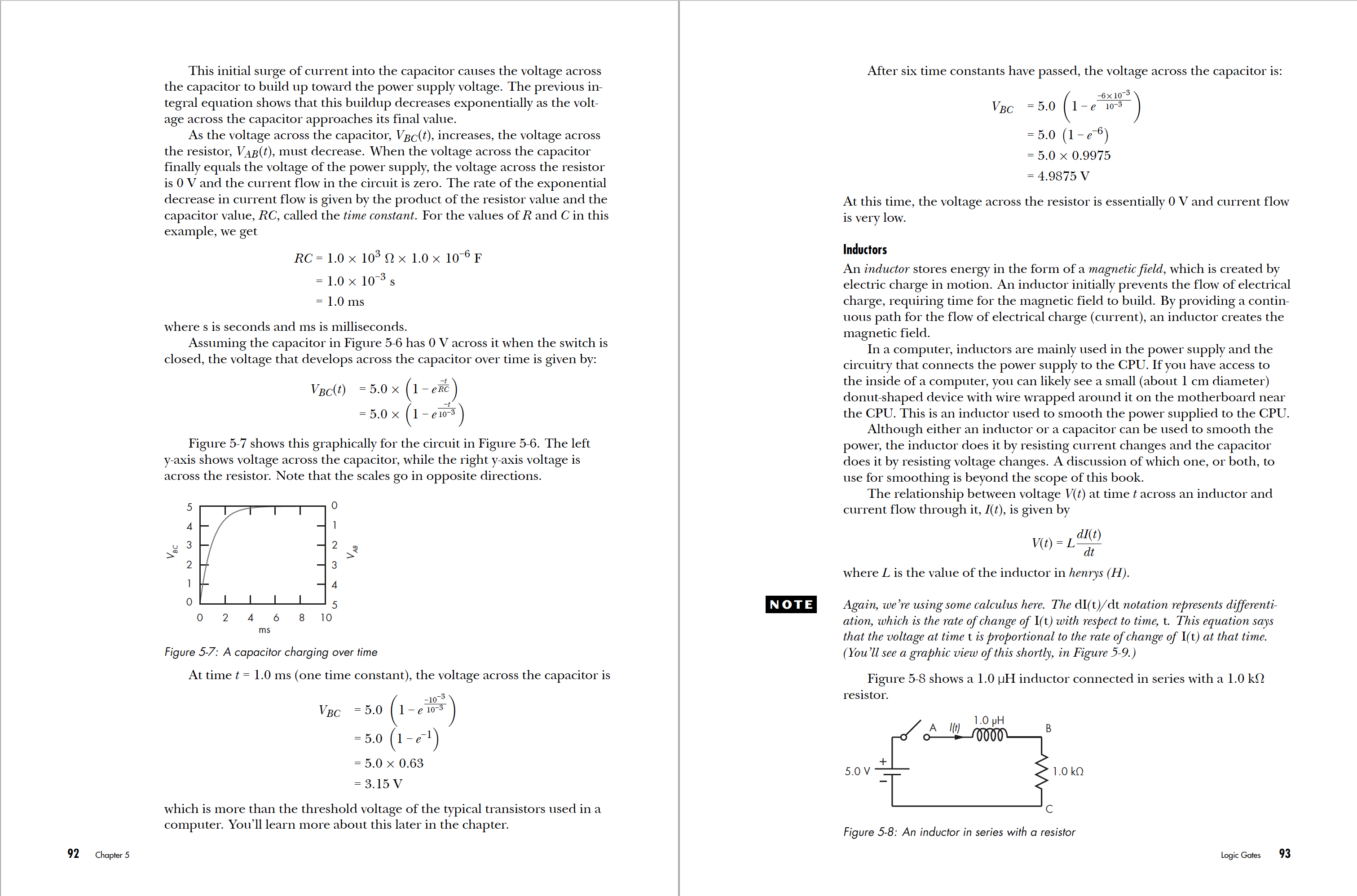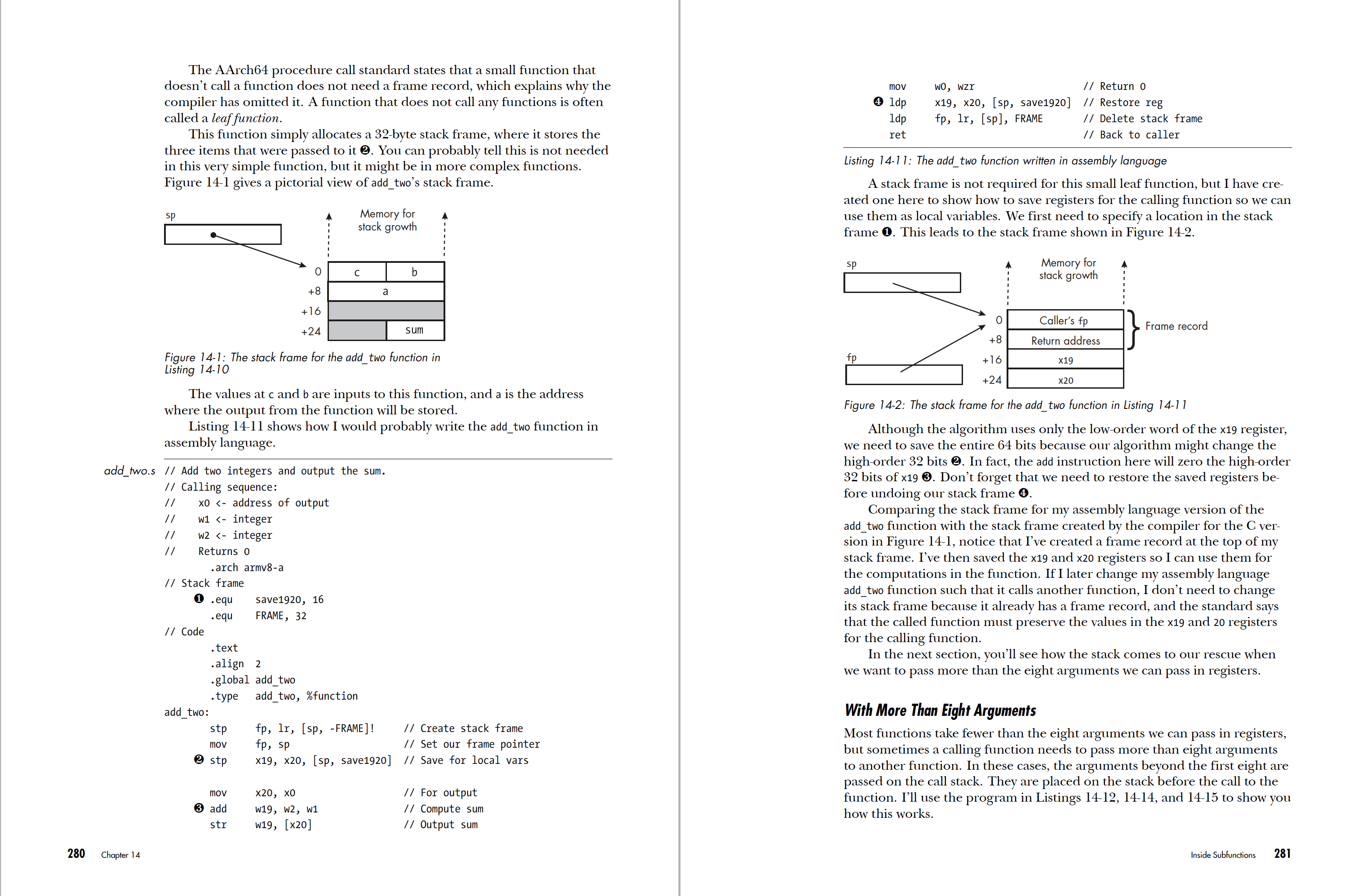Acknowledgments
Introduction
Chapter 1: Setting the Stage
Chapter 2: Data Storage Formats
Chapter 3: Computer Arithmetic
Chapter 4: Boolean Algebra
Chapter 5: Logic Gates
Chapter 6: Combinational Logic Circuits
Chapter 7: Sequential Logic Circuits
Chapter 8: Memory
Chapter 9: Central Processing Unit
Chapter 10: Programming in Assembly Language
Chapter 11: Inside the main Function
Chapter 12: Instruction Details
Chapter 13: Control Flow Constructs
Chapter 14: Inside Subfunctions
Chapter 15: Special Uses of Subfunctions
Chapter 16: Bitwise Logic, Multiplication, and Division Instructions
Chapter 17: Data Structures
Chapter 18: Object-Oriented Programming
Chapter 19: Fractional Numbers
Chapter 20: Input/Output
Chapter 21: Exceptions and Interrupts
Index
View the Copyright page
View the detailed Table of Contents
View the Index

